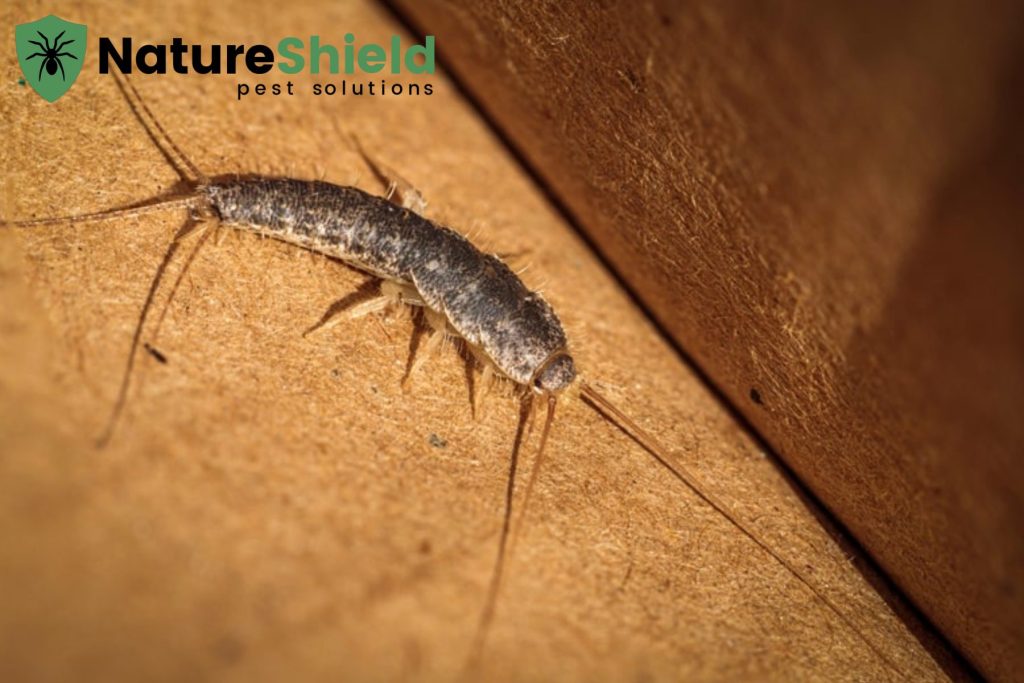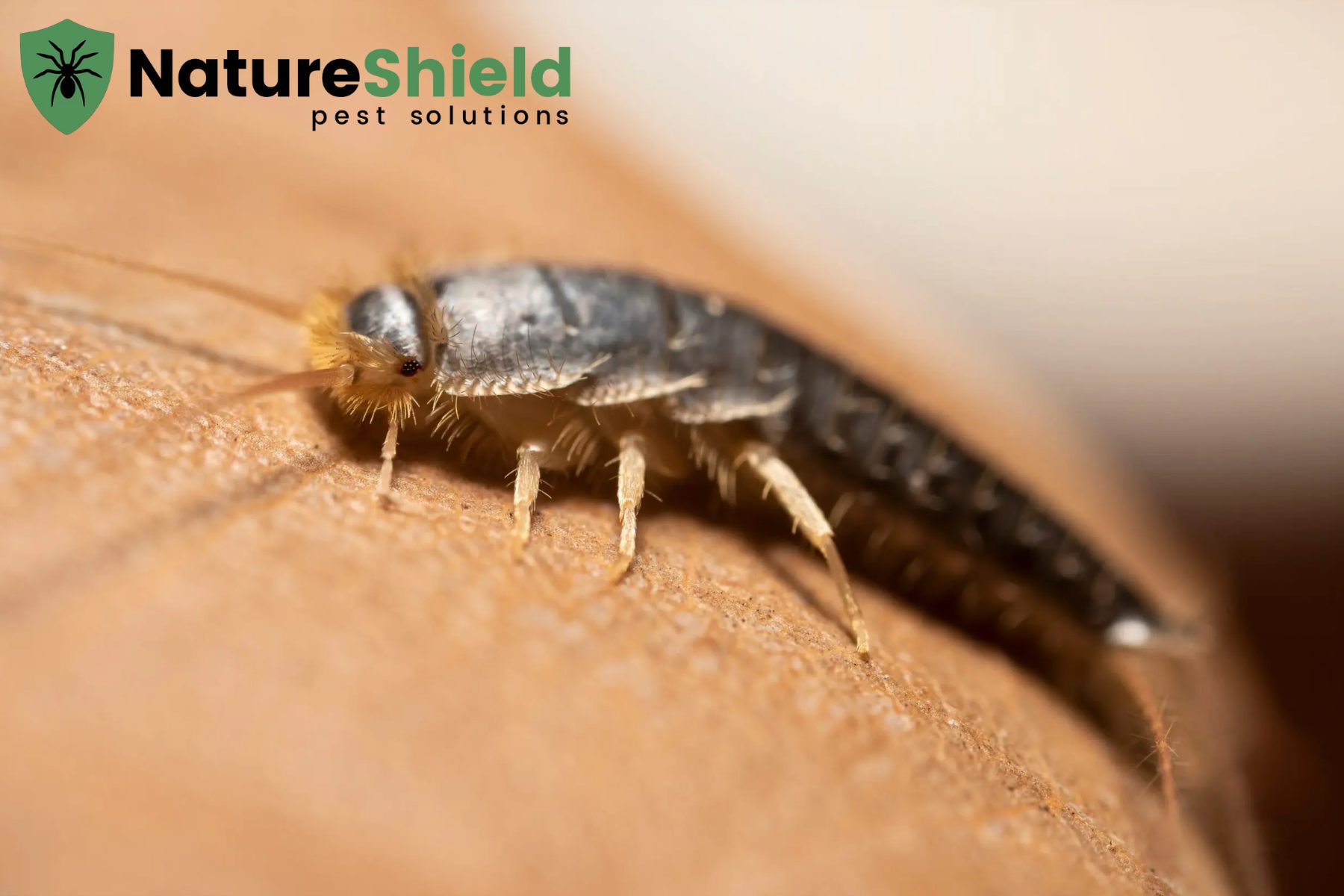Silverfish Eggs: What They Look Like and How to Get Rid of Them
Silverfish are small, wingless insects that have survived for millions of years thanks to their ability to hide, adapt, and reproduce in hidden areas of homes. While spotting a single adult silverfish might seem minor, the real concern lies in their eggs. Understanding what silverfish eggs look like, where they are found, and how to eliminate them can help you stop an infestation before it grows.
What Do Silverfish Eggs Look Like?
Silverfish eggs are typically oval-shaped, measuring about 0.8 to 1.0 millimeters in length. They start soft and white but gradually turn yellowish or brown as they mature. Unlike some insect eggs that are laid openly, silverfish hide their eggs in dark, protected spaces where they are less likely to be disturbed.
The eggs are often coated with a sticky substance that helps them cling to surfaces. This makes them difficult to remove and allows them to stay hidden in crevices, behind baseboards, or inside book bindings.
Where Do Silverfish Lay Their Eggs?
Silverfish prefer to lay their eggs in locations that match their ideal living conditions: dark, moist, and undisturbed areas. Common places include:
- Cracks in walls and floors
- Behind wallpaper or baseboards
- In the folds of clothing stored in closets
- Inside cardboard boxes or paper stacks
- Near plumbing fixtures in bathrooms and kitchens
Since these insects thrive in high-humidity areas, it’s not uncommon to find silverfish larvae emerging from eggs in basements, bathrooms, or laundry rooms.
How Long Does It Take for Silverfish Eggs to Hatch?
The hatching time for silverfish eggs depends on environmental conditions. In warm, humid spaces, eggs may hatch in as little as 20 to 40 days. However, in cooler or drier conditions, the process can take up to several months. Once hatched, silverfish go through multiple molts before reaching adulthood, and they can continue reproducing for years.
This slow but steady growth makes early detection essential. If you wait until the population is large enough to be obvious, the infestation may already be widespread.
Why Silverfish Eggs Are a Problem
While adult silverfish can cause damage by feeding on paper, glue, fabrics, and even pantry items, their eggs represent a long-term threat. Each female can lay clusters of eggs multiple times per year, creating a continuous cycle of infestation.
If left unchecked, these pests can cause:
- Damage to books, photographs, and documents
- Stains on fabrics and clothing
- Contamination of dry food products
- Ongoing pest control challenges due to their reclusive nature
How to Get Rid of Silverfish Eggs
Eliminating silverfish eggs requires a combination of targeted cleaning, habitat modification, and professional pest control measures.
1. Reduce Moisture Levels
Since silverfish thrive in humid environments, lowering humidity is the first step in prevention. Use dehumidifiers, fix leaky pipes, and ensure bathrooms and kitchens are well-ventilated.
2. Clean and Vacuum Regularly
Vacuum carpets, baseboards, closets, and any hidden corners where eggs may be concealed. Pay special attention to cardboard boxes, paper piles, and clothing storage areas.
3. Seal Entry Points
Seal cracks, crevices, and gaps in walls, floors, and around windows. This limits potential hiding spots and nesting areas for silverfish.
4. Remove Clutter
Silverfish prefer dark, undisturbed areas. Reducing clutter, especially stacks of paper, magazines, and cardboard, removes prime egg-laying sites.
5. Use Professional Pest Control
While DIY cleaning and prevention can help, silverfish eggs are often hidden deep in inaccessible spaces. Working with a licensed pest control provider ensures targeted treatments reach these areas and eliminate both adult silverfish and their eggs. If you’re searching for silverfish control near me, a professional inspection can identify problem spots and create a customized treatment plan.
Preventing Future Infestations
After removing silverfish eggs, preventing their return is key. Here are some long-term strategies:
- Store important documents in airtight containers.
- Keep dry goods in sealed jars or plastic bins.
- Regularly inspect attics, basements, and storage areas.
- Use weather stripping around doors and windows.
Implementing these steps reduces the chance that silverfish will find suitable conditions to reproduce.

When to Call a Pest Control Expert
If you notice recurring sightings of silverfish despite cleaning and moisture control efforts, the infestation may be larger than you realize. Eggs can be hidden in wall voids, under flooring, or inside stored items, making them difficult to find without specialized tools and knowledge.
Working with professionals experienced in pest control Fulton MO, and the surrounding areas ensures you get a comprehensive inspection and treatment plan. Expert pest control Fulton services target both adult silverfish and their developing eggs for long-term results.
About Nature Shield Pest Solutions
Nature Shield Pest Solutions provides reliable, environmentally responsible pest management services for homeowners and businesses in Missouri. Offering customized solutions that are safe for families and pets, our licensed team is skilled in handling silverfish, ants, spiders, rodents, and more. We combine proven techniques with green and safe pesticides to deliver lasting results while protecting your home and the environment. Whether you need preventive care or immediate pest removal, we are here to help keep your space pest-free.


